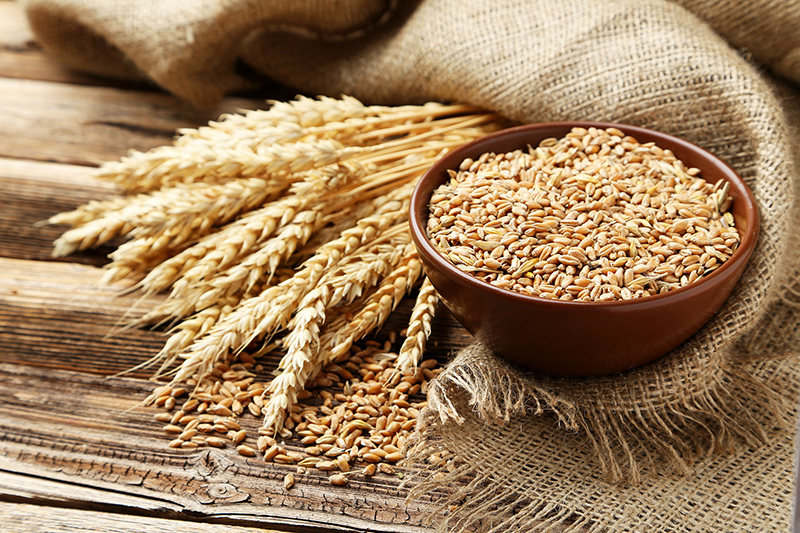Indonesia steps up wheat imports amid drought

Indonesian grain buyers are boosting imports of lower quality wheat as a decline in corn output last year following a severe drought linked to an El Nino weather pattern tightened the country’s animal feed supplies.
Wheat exports into Indonesia, the world’s third biggest buyer of the grain, are likely to climb at least 10 percent in 2024 from around 10.87 million tonnes last year, according to Singapore-based grain traders.
“Indonesia millers have been buying larger volumes of wheat mainly from the Black Sea region,” a Singapore-based trader at an international house said.
“Some of the wheat is of lower quality and it is expected to be used in animal feed.”
Indonesian importers have signed contracts to buy around 300,000 tonnes of lower quality wheat in recent weeks, largely from Ukraine and Russia, at $260 to $270 per ton, including cost and freight, for February-March shipment, traders said.
“These deals are for prompt shipments,” a second trader said in Singapore, underscoring the urgency to ship cargoes amid tight feed grain supplies.
“For flour, Indonesian buyers usually sign deals two to three months in advance. These shipments are for feed industry as local corn prices are more than double the price of imported wheat,” the trader said.
Locally produced corn is currently quoted at around $550 to $600 per tonne compared with imported feed wheat priced around $260 to $270 a ton, traders said.
The National Food Agency’s price monitoring website showed average corn prices for chicken farmers earlier this month were 47 percent higher than a year ago.
“This is due to El Nino and prolonged drought that occurred in the second half of 2023, which delayed corn planting,” said Desianto Budi Utomo, chair of the Indonesian Feedmills Association.
“It is estimated that corn production in the first quarter of 2024 would not be optimal to meet feed mill demand.”
Corn prices are more than 70 percent above government reference levels, which are likely to push up egg and chicken prices.
Some small farmers have started culling birds, officials said, which could tighten poultry supplies ahead of the Muslim holy festival of Ramadan in March.
Indonesia recently assigned procurement company Bulog to import 500,000 tonnes of corn to supply feed millers in an effort to cool prices, although traders said that was unlikely to reduce wheat purchases given the high level of feed prices.
Higher Indonesian demand for imported wheat comes amid ample global supplies, with the Chicago benchmark Wv1 down more than 10 percent in 2024 and in negative territory for a second year in a row.
Indonesia’s corn production is forecast to rise 8.3 percent to 14.58 million tonnes in 2024, according to officials, after drought last year reduced output by 12.5 percent from 16.53 million tonnes in 2022.
Indonesia tightly controls corn imports to protect farmers, while wheat shipments are allowed more freely as the country meets flour demand through imports.
Write to us
Our manager will contact you soon



